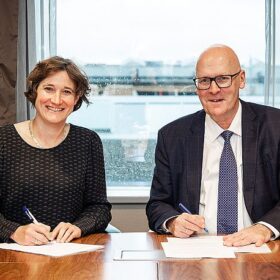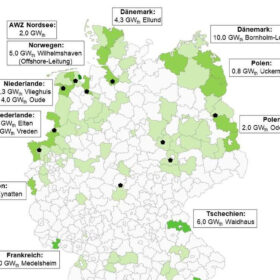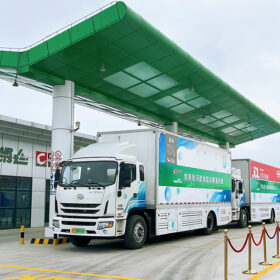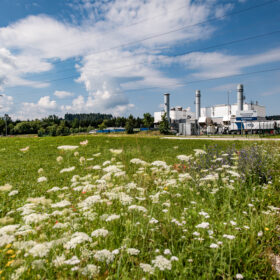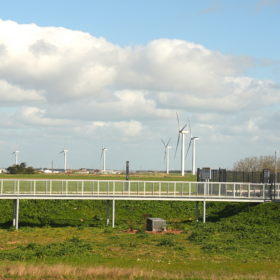Statkraft bets on mix of renewables for hydrogen production
Statkraft used actual production data from wind and solar farms in Spain to study the feasibility and bankability of hydrogen projects. For a 1 MW electrolyzer to achieve a 40% utilization rate, five times more solar capacity would be needed, it said.
The Hydrogen Stream: German hydrogen collaboration strategy takes shape
Dutch company Gasunie will collaborate with two German transmission system operators (TSOs) and one Danish TSO to import green hydrogen from the Netherlands and Denmark. Meanwhile, French independent power producer (IPP) HDF Energy commits to co-develop project in Morocco, and two Japanese companies move ahead with hydrogen production plant in Malaysia.
European Commission approves Italy’s incentive scheme for agrivoltaics
The European Commission has approved Italy’s €1.7 billion ($1.84 billion) incentive scheme for agrivoltaics to deploy 1.04 GW of installed solar. The nation will offer investment grants of up to 40%, along with 20-year tariffs.
The Hydrogen Stream: FNB Gas presents hydrogen network plan for Germany
FNB Gas has unveiled plans for a hydrogen core network in Germany, while Tree Energy Solutions has started working on an electrolyzer and 1 GW of renewable energy assets in Canada.
The Hydrogen Stream: Plug Power shares fall on North America concerns
Plug Power has issued a warning about its 2023 financial performance due to supply challenges in North America, while Air Products says it is cementing its collaboration with Chengzhi in China.
The Hydrogen Stream: Rising demand driving blue hydrogen plans
Air Products has announced plans for Europe’s largest blue hydrogen production plant, while RAG Austria says it has commissioned “the world’s first 100% hydrogen storage facility in a porous underground reservoir.”
The Hydrogen Stream: Enel cancels second hydrogen project in Italy
Italian energy group Enel says it is scrapping its plans to build a hydrogen project in La Spezia, Italy, despite €13.72 million ($14.7 million) in European subsidies, while Toyota has introduced its new Crown Sedan fuel cell electric vehicles (FCEV) in Japan.
HDF Energy to produce fuel cells in France, hydrogen in 30 countries
HDF Energy has expanded its operations to make fuel cells in France. It says it plans to produce green hydrogen infrastructure for low-carbon hydrogen production and non-intermittent renewable electrical power in 30 countries throughout the world.
The Hydrogen Stream: Netherlands starts building hydrogen network
The Dutch authorities have started building a national hydrogen network, while Fortescue has acquired a 12.5% stake in Norwegian Hydrogen.
Lhyfe expanding hydrogen production with focus on offshore wind
Jérémy Langon, head of energy sourcing and site development for Lhyfe, tells pv magazine that the France-based hydrogen producer is focusing on a combination of renewable sources, including offshore wind, to scale up hydrogen production.

